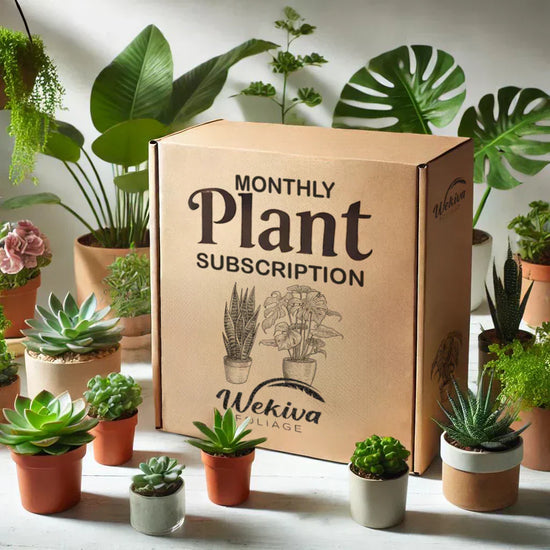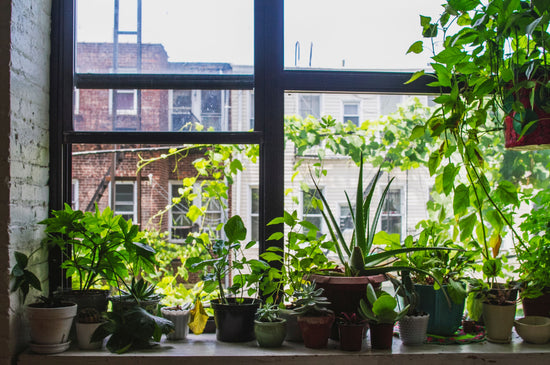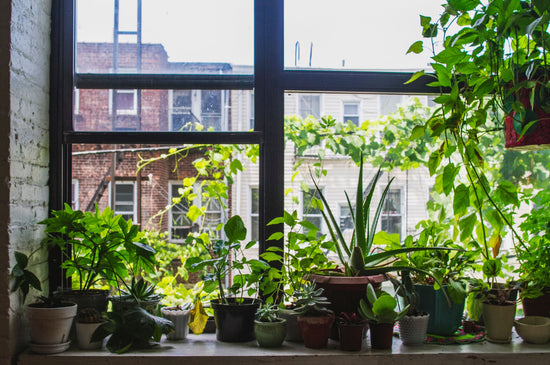Don’t Let Winter Kill Your Plants: Expert Tips for Indoor Greenery
Winter can be a challenging time for houseplants. As the temperature drops and natural light becomes scarce, indoor plants often face new hurdles to thrive. Whether you’re caring for resilient options like the snake plant or more delicate varieties such as the peace lily, taking the right steps can make all the difference. Here are expert tips to ensure your indoor greenery stays healthy through winter.
Understanding Winter Stress for Houseplants
Winter poses unique challenges for houseplants, including reduced light, dry indoor air, and temperature fluctuations. Shorter days mean less sunlight, which is crucial for photosynthesis. Plants like the zz plant or pothos might tolerate low light, but others may struggle. Heating systems strip moisture from the air, leaving plants like the christmas cactus or philodendron yearning for humidity. Drafty windows and fluctuating indoor temperatures can stress plants, especially tropical varieties like the zanzibar gem plant.
Tips for Keeping Your Houseplants Thriving in Winter
Adjust Watering Routines
Overwatering is a common winter mistake. Most plants need less water during this season because their growth slows. Check the soil before watering—if the top inch feels dry, it’s time to water. For plants like the spider plant or chlorophytum spider plant, ensure they’re in well-draining pots to avoid root rot.
Enhance Humidity Levels
Tropical plants, such as the peace lily or zanzibar gem plant, thrive in higher humidity. Combat dry air by placing a humidifier near your plants, grouping plants together to create a microclimate, or setting pots on a tray filled with water and pebbles to boost localized humidity.
Maximize Light Exposure
Winter’s limited light can leave your philodendron or pothos struggling. To increase light, move plants closer to windows but keep them away from cold drafts. Rotate plants weekly to ensure even light exposure and use LED grow lights to supplement natural light, especially for sun-loving species.
Protect Plants from Drafts and Heat Sources
Avoid placing plants near radiators, vents, or drafty windows. Consistent room temperatures between 65°F and 75°F are ideal for most houseplants. If you have temperature-sensitive plants like the christmas cactus, consider using thermal curtains or draft stoppers to stabilize their environment.
Inspect for Pests
Winter can make plants more susceptible to pests like spider mites or mealybugs. Regularly inspect the leaves, stems, and soil for signs of infestation. Wipe leaves with a damp cloth and use an insecticidal soap if necessary.
Best Houseplants for Winter Success
Some plants naturally handle winter better than others. Snake plants, zz plants, and devil’s ivy are excellent choices for beginners because they require minimal care and adapt well to lower light. The spider plant chlorophytum comosum is another hardy option that thrives in varying conditions. For those seeking something decorative, the christmas cactus adds festive charm with its winter blooms.
Preparing for Seasonal Changes
Start winter care early by cleaning your plants' leaves to maximize light absorption and repotting any that are root-bound. This helps reduce stress before the cold season fully sets in. If you notice signs of stress, such as yellowing leaves or slowed growth, adjust your care routine promptly.
FAQ
How often should I water houseplants in winter?
Most houseplants require less water in winter. Check the soil and water only when the top inch feels dry.
What’s the best way to increase humidity for houseplants?
Using a humidifier, grouping plants together, or placing pots on trays with water and pebbles are effective ways to increase humidity.
Can houseplants survive without sunlight in winter?
While some plants like the zz plant can tolerate low light, supplementing with grow lights can help them thrive.
Should I fertilize houseplants during winter?
Most houseplants go dormant in winter and don’t require fertilization. Resume feeding in spring when growth picks up.
What are signs my plant is too cold?
Drooping leaves, browning edges, and slowed growth often indicate that a plant is exposed to cold drafts or low temperatures.





